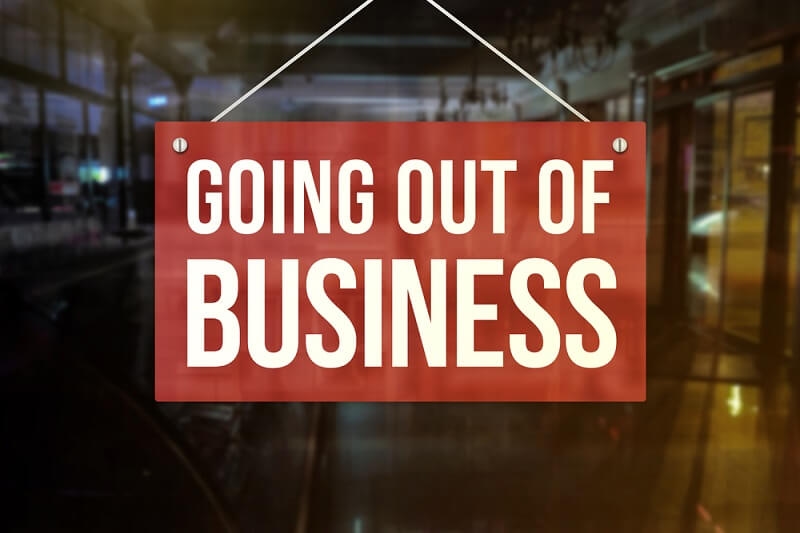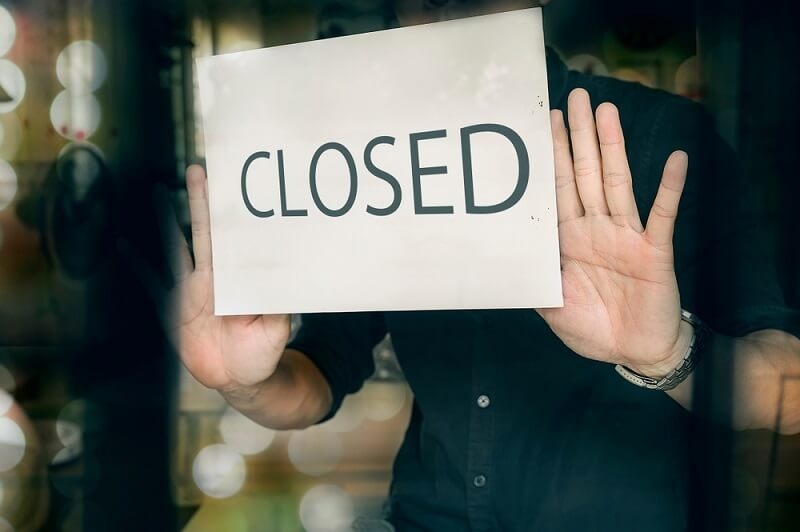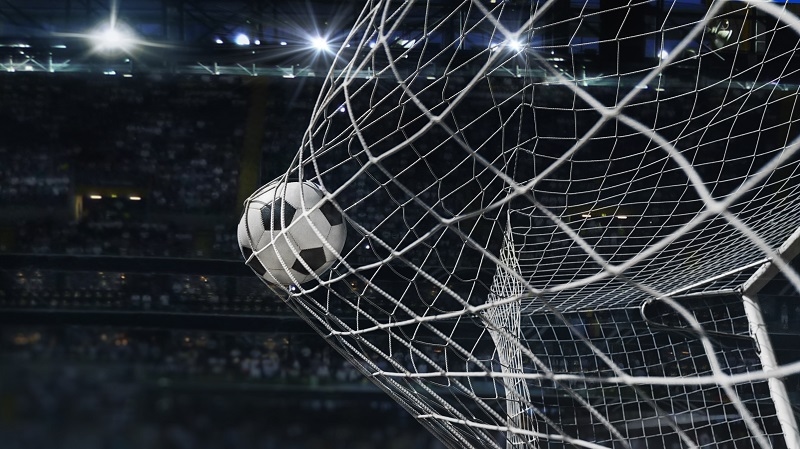Shake Up In Retail: The 2023 Store Closures You Need to Know

In the ever-evolving retail landscape, 2023 emerged as a significant year for change, with various brands making pivotal decisions on their physical footprints. The year has borne witness to numerous store closures, mergers, and changes in retail strategies, leaving consumers both surprised and curious. Here's a comprehensive rundown of the major shifts we've seen this year.
The Era of Transformation
Retail has never been a static industry, and the technological advancements and consumer behavior shifts of the last decade have accelerated changes. Brick-and-mortar stores, once the primary mode of shopping, have had to reconsider their strategies in the wake of e-commerce and the challenges brought about by global events. Tuesday Morning closed its doors for good in May, marking the end of nearly 50 years in business. While the discount retailer was once beloved for its wide array of budget-friendly home goods and seasonal items, the modern retail climate has shown no mercy. On the brighter side, brands like Bed Bath & Beyond have pivoted their offers. While they shuttered their physical outlets in April, they found new life online thanks to an acquisition by Overstock, blending two brands into a single online shopping haven.
The Downfall of Giants

2023 also showcased that no brand, however iconic, is invulnerable to changing tides. K-Mart, once a household name across the US, dwindled from more than 2000 stores in its heyday to a mere two this year. Factors ranging from intense competition to a lack of investment in e-commerce have been cited as reasons. Sears, once the world's top retailer, echoed a similar narrative. With now less than 24 stores in operation, it paints a sobering picture of retail's dynamic nature.
The Digital Dilemma
While the rise of e-commerce has been beneficial for consumers seeking convenience, it has presented challenges for brands trying to maintain a balance between their physical and digital presence. Amazon Go, the cashier-less store initiative from e-commerce giant Amazon, decided to downsize. While the brand's online enterprise continues to soar, they closed eight of their 29 physical "Go" stores, indicating that the cashier-less model might not be the future norm.
From Bankruptcy to Revival
Declaring bankruptcy isn't always the end. Davids Bridal, despite filing for bankruptcy, struck a deal, allowing them to maintain most of their stores and employees. Their physical and online presence remains robust, showcasing that with the right moves, brands can bounce back from the brink. Similarly, Rite Aid, despite its challenges and announced closures, remains operational, seeking ways to reinvent and rejuvenate its business model.
The Teasers and the Pleasers
In a surprising turn, buybuyBABY, after announcing all its store closures, teased consumers with an announcement of a "new adventure" online. The promise of a digital revival has piqued curiosity, showing that brands can use their legacy to create digital anticipation. Meanwhile, Toys R Us and its deals, post six years of bankruptcy, announced a comeback, bringing nostalgia and joy to many who grew up roaming their aisles.
Adaptation and Future Strategies
Foot Locker offers an example of how brands can adapt to modern challenges. Instead of solely focusing on closures, they have a holistic plan in place, which includes reducing store count, but also expanding in terms of store formats and offerings. Burger King too, while announcing closures, continues to thrive internationally, highlighting the importance of a global perspective.
The Merging Trend
2023 brought major merger news in the supermarket sector, with giants Kroger and Albertsons announcing potential unification plans. While the details are still unfolding, such mergers can redefine market dynamics, offering both challenges and opportunities for consumers.
The Emotional Connect
For many, retail isn't just about transactions; it's about memories. Walking through aisles, trying out new products, or seasonal shopping sprees - physical stores have often provided experiences that online shopping can't replicate. The closure of cherished chains like Christmas Tree Shops or the downsizing of giants like K-Mart and their discounts resonates emotionally with many, reminding us of the tangible connections we've forged over the years.
The Sustainability Shift
With increased global awareness about sustainability and eco-conscious choices, some brands are rethinking their physical footprints. Physical stores, with their energy consumption, waste production, and logistics, often have a larger carbon footprint than streamlined online operations. Brands are now aligning with more sustainable models, which sometimes means fewer stores and more emphasis on digital operations, sustainable packaging, and eco-friendly supply chains.
Innovation on the Horizon
While 2023 saw many closures, it's also a reminder that innovation is around the corner. Concepts like virtual fitting rooms, augmented reality (AR) shopping experiences, and drone deliveries are no longer science fiction but are being integrated into the new age retail experience. As certain doors close, new windows of opportunity open. Regal Cinemas, for instance, despite its closures, is looking at immersive experiences, focusing on more than just movie viewing. It's about creating an event, a memory, an experience that resonates and keeps patrons coming back.
Conclusion
Retail, as an industry, has always been a reflection of society's shifts, both in technology and behavior. As 2023 comes to a close, it's evident that the retail landscape is not shrinking but transforming. While we bid farewell to some of our favorite stores and brands, there's excitement in the air for what's next. The blend of technology with personalized experiences, sustainable choices, and innovative solutions promises a future of retail that's more aligned with the needs and values of the modern consumer. In the coming years, the brands that will truly thrive will be those that can seamlessly meld the digital and physical, creating a shopping experience that's both convenient and memorable. The future of retail might look different, but it's far from bleak. It's a canvas waiting to be painted with new ideas, concepts, and memories.
This content was created by AI










